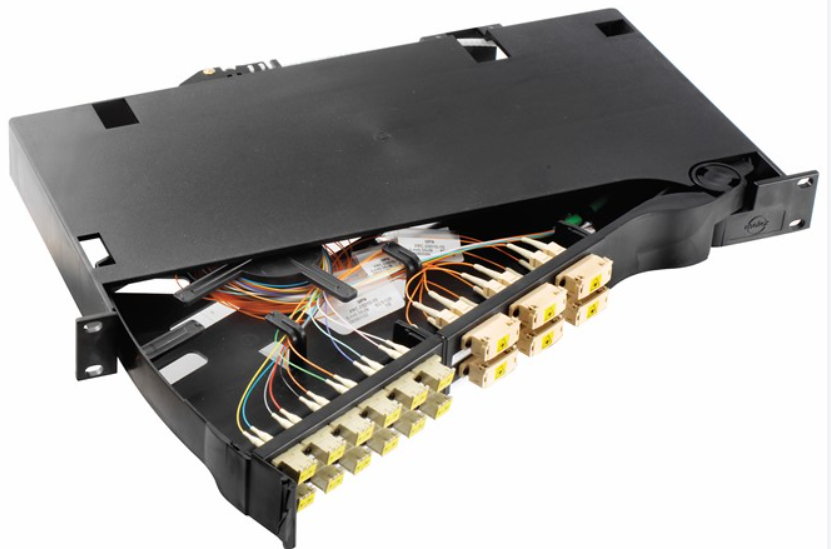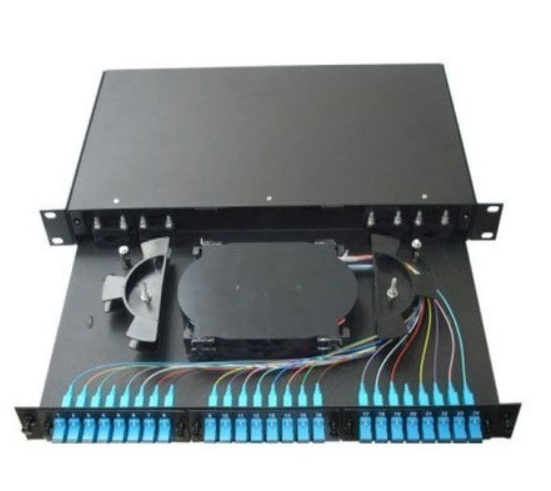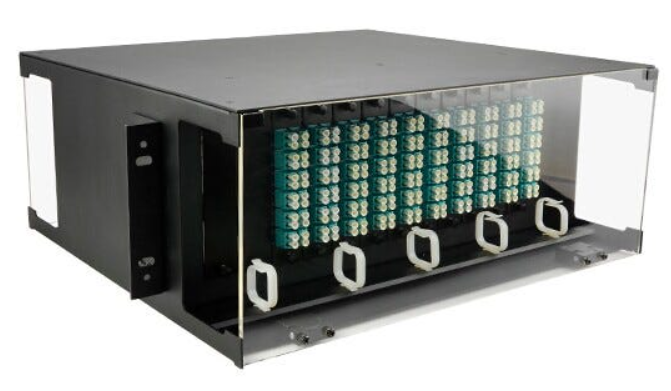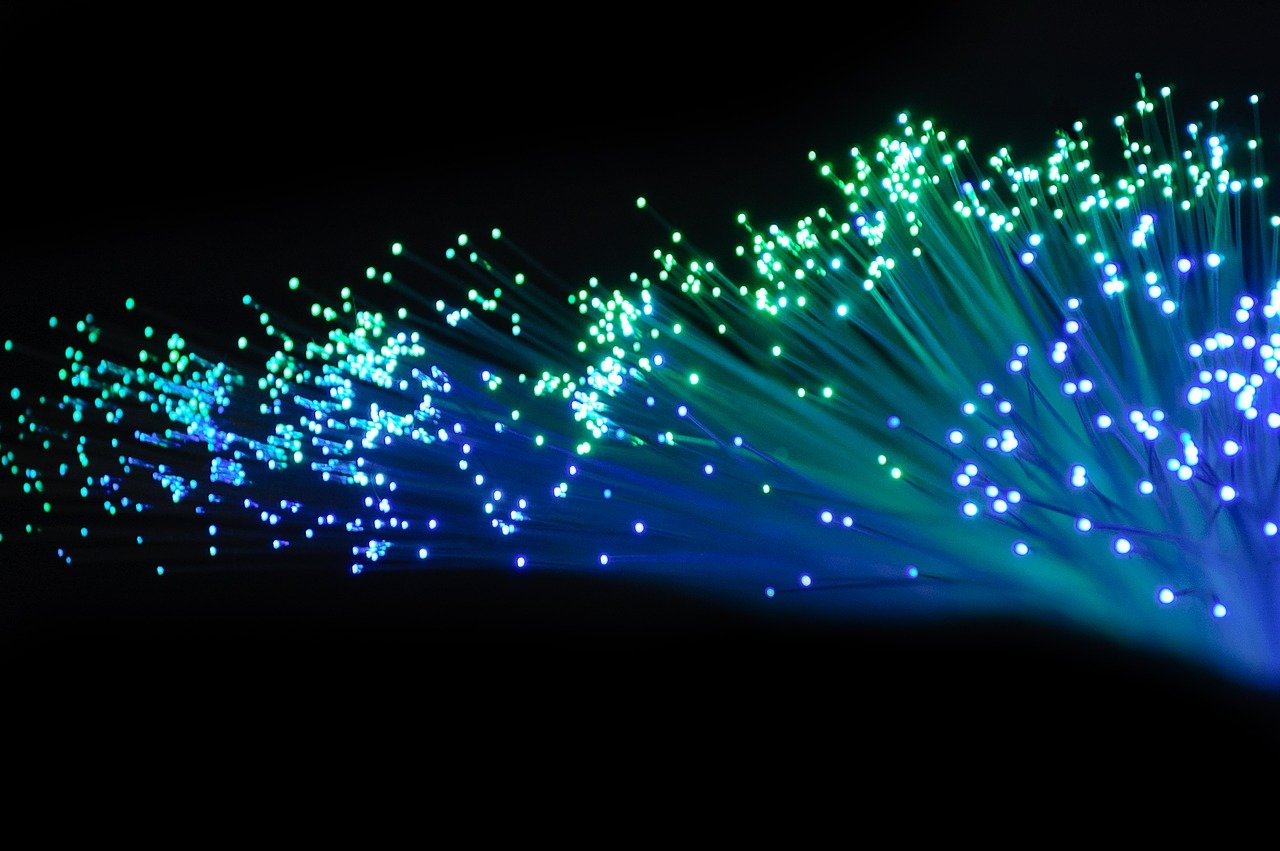The Future of Fiber Optic Patch Panels: Wall Mount Solutions and Trends

Fiber Optic Patch Panels: An Overview
Fiber optic patch panels play a crucial role in network infrastructure, providing a centralized point for connecting and managing fiber optic cables. These panels act as the interface between optical fibers and network equipment, allowing for easy access, organization, and maintenance of fiber connections. By using fiber optic patch panels, network administrators can efficiently manage and troubleshoot their networks, ensuring smooth data transmission and minimizing downtime. These panels are designed to accommodate various types of fiber connectors and offer flexibility in terms of configuration and scalability. With their ability to handle high-speed data transfer over long distances, fiber optic patch panels are essential components in modern network setups.
Exploring Wall Mount Fiber Patch Panels
Wall mount fiber patch panels are specifically designed to be mounted on walls, offering a convenient and space-saving solution for organizing and managing fiber optic cables. These panels serve as a central hub for connecting and terminating fiber optic cables, providing easy access for maintenance and troubleshooting. The primary purpose of wall mount fiber patch panels is to streamline network organization and enhance cable management.
What are Wall Mount Fiber Patch Panels?
Wall mount fiber patch panels are compact units that can be easily mounted on walls or other vertical surfaces. They typically feature multiple ports or slots where fiber optic connectors can be inserted, allowing for the termination and connection of individual fibers. These panels provide a clean and organized way to manage fiber connections in small to medium-sized networks.
Importance of Wall Mount Fiber Patch Panels
Wall mount fiber patch panels offer several advantages that make them essential components in network infrastructure. Firstly, they greatly enhance network organization by providing a centralized location for managing all fiber connections. This allows network administrators to easily identify and troubleshoot any issues that may arise.
Additionally, wall mount fiber patch panels contribute to efficient cable management. By neatly organizing the cables within the panel, they help minimize cable clutter and prevent tangling or accidental disconnections. This not only improves the overall aesthetics of the network setup but also reduces the risk of signal loss or degradation due to cable mishandling.
Furthermore, wall mount solutions offer space-saving benefits. Unlike traditional rack-mounted patch panels that require dedicated rack space, wall mount options can be installed directly on walls, saving valuable floor space in data centers or equipment rooms.
In terms of installation, wall mount fiber patch panels provide convenient options as they can be easily mounted on walls using screws or brackets. This flexibility allows for quick deployment in various environments without the need for additional racks or cabinets.

Different Types of Wall Mount Fiber Patch Panels
When it comes to wall mount fiber patch panels, there are two main types to consider: fixed wall mount and sliding wall mount. Each type offers unique features and benefits that cater to different network requirements.
Fixed Wall Mount Fiber Patch Panels
Fixed wall mount fiber patch panels are designed with a stationary structure, where the connectors are permanently fixed in place. These panels typically come with a predetermined number of ports or slots for fiber optic connectors. The features and specifications of fixed wall mount fiber patch panels may vary depending on the manufacturer, but they generally offer reliable performance and durability.
The key advantage of fixed wall mount solutions is their simplicity and ease of use. They provide a stable connection point for fiber optic cables, ensuring consistent signal transmission. Fixed wall mount fiber patch panels are suitable for applications where the network configuration remains relatively static, such as small office setups or home networks.
Sliding Wall Mount Fiber Patch Panels
Sliding wall mount fiber patch panels offer enhanced functionality compared to their fixed counterparts. These panels feature a sliding mechanism that allows easy access to the connectors and fibers within the panel. By sliding outwards, they provide better visibility and convenient maintenance access.
One of the primary advantages of sliding wall mount solutions is their flexibility in terms of scalability and cable management. The sliding mechanism enables efficient cable routing and organization, reducing the risk of cable congestion or accidental damage. Sliding wall mount fiber patch panels are ideal for larger networks or environments where frequent changes or additions to the network infrastructure are expected.
In terms of use cases, sliding wall mount solutions find applications in data centers, telecommunications facilities, or any network setup that requires regular maintenance and expansion.
Installation, Maintenance, and Best Practices
Proper installation and regular maintenance are essential for ensuring the optimal performance and longevity of wall mount fiber patch panels. By following best practices, you can maximize the efficiency of your network setup.
Installation of Wall Mount Fiber Patch Panels
When installing wall mount fiber patch panels, it is important to follow a step-by-step guide to ensure correct placement and secure mounting. Here are some considerations and tips for successful installation:
Choose the appropriate location: Select a suitable wall or vertical surface that can support the weight of the panel and provide easy access for cable management.
Prepare the mounting area: Ensure that the wall is clean, dry, and free from any obstacles or obstructions that may interfere with the installation process.
Mark the mounting points: Use a level to mark the positions where screws or brackets will be attached to secure the panel.
Securely mount the panel: Attach the panel to the marked positions using screws or brackets provided with the panel. Make sure it is firmly fixed in place.
Connect fiber optic cables: Carefully connect the fiber optic cables to their respective ports on the panel, ensuring proper alignment and secure connections.
Maintenance and Best Practices
To maintain optimal performance of wall mount fiber patch panels, it is recommended to follow regular maintenance routines and adhere to best practices:
Regular inspection: Periodically check for any loose connections or damaged cables. Inspect for signs of wear or corrosion on connectors.
Cleanliness: Keep the panel clean by removing dust or debris using a soft brush or compressed air. Avoid using liquids as they may damage sensitive components.
Cable management: Routinely organize cables within the panel to prevent tangling or strain on connectors. Use cable ties or Velcro straps for neat cable routing.
Labeling: Properly label each port on the panel to facilitate easy identification and troubleshooting in case of any issues.
Documentation: Maintain accurate documentation of the network setup, including cable configurations and connections. This helps with future maintenance and troubleshooting.
By following these installation steps, performing regular maintenance, and implementing best practices, you can ensure the optimal performance and reliability of your wall mount fiber patch panels.

Future Trends in Wall Mount Fiber Patch Panels
As technology continues to advance, we can expect exciting developments and innovations in wall mount fiber patch panels. These future trends will shape the way we manage and optimize network infrastructure.
Advancements in Wall Mount Fiber Patch Panels
Emerging technologies are paving the way for more efficient and versatile wall mount fiber patch panels. Innovations such as higher port densities, improved connector compatibility, and enhanced cable management features are being introduced to meet the evolving needs of network setups. These advancements aim to simplify installation processes, increase scalability options, and improve overall performance.
One potential benefit of these advancements is the ability to handle higher data transfer rates. As networks demand faster speeds and larger bandwidths, wall mount fiber patch panels will need to keep up with these requirements. By incorporating advanced components and design techniques, future panels will be capable of supporting high-speed data transmission over longer distances.
Another area of advancement lies in intelligent connectivity. With the integration of smart technologies, wall mount fiber patch panels may offer features such as remote monitoring, automated troubleshooting, and predictive maintenance capabilities. These advancements can greatly enhance network management efficiency by providing real-time insights into performance metrics and enabling proactive maintenance.
Predictions for the Future
Looking ahead, we anticipate several improvements and developments in wall mount fiber patch panels. One prediction is the increased adoption of modular designs that allow for easy expansion or reconfiguration of ports. This modularity will enable network administrators to adapt their setups quickly without requiring extensive rewiring or panel replacements.
Furthermore, we expect continued miniaturization of components, resulting in even more compact wall mount solutions. Smaller form factors will allow for greater flexibility in installation locations while still maintaining high port densities.
Additionally, advancements in cable management systems within wall mount fiber patch panels will contribute to cleaner and more organized network setups. Features like built-in cable routing channels or integrated cable management accessories will simplify installation processes and reduce clutter.
As the demand for faster and more reliable networks grows, wall mount fiber patch panels will continue to evolve to meet these needs. The future holds exciting possibilities for this technology, with advancements in connectivity, performance, and ease of use.
The Promising Future of Fiber Optic Patch Panels
The future of fiber optic patch panels, particularly wall mount solutions, looks incredibly promising. These panels offer a range of benefits, including convenience, space-saving capabilities, and efficient cable management. As technology continues to advance, we can expect continuous improvements in the design and functionality of fiber optic patch panels.
With the increasing demand for faster and more reliable networks, wall mount fiber patch panels will play a crucial role in network infrastructure. Continuous advancements in technology will shape the future of these panels, allowing for higher data transfer rates, improved scalability options, and enhanced connectivity features.
As network setups become more complex and demanding, wall mount fiber patch panels will continue to evolve to meet these challenges. Their convenience and efficiency make them an indispensable component in modern network deployments.
See Also
The Promising Outlook for Fiber Optic Cables
Key Features and Specifications of ESC250D G657A1 Fiber Optic SC APC Field Installable Connector
Advantages of OptiTap MPO Multimode OM3 IP68-rated Waterproof Fiber Optic Cables
Ensuring Compatibility and Performance with Outdoor Fiber Optic Connectors and Adapters


